Why chirp the CIHL?
So, the newly-formed Canadian International Hockey League intends to take to the ice for the 2014-2015 season with between six to 10 Ontario-based teams.
The new Tier 2 junior league is designed to be a global loop made up of Canadian, American and European players.
Espanola Rivermen owner Tim Clayden is the founder of the CIHL and he brings his team there from the Northern Ontario Jr. Hockey League where it finished third in the standings and first on the attendance chart in 2013-2014.
To be sure, Clayden isn’t leaving the NOJHL with hugs and kisses for certain team governors or commissioner Robert Mazzuca.
But judging by the posts — anonymous of course — directed towards Clayden on blogs and forums, you would think the man has committed treason by leaving the NOJHL to start up the CIHL.
So, Clayden took his Espanola team and left the NOJHL to form the CIHL.
So what?
Clayden, like you and me, wakes up in a free world every morning.
It’s his right and his fair opportunity to try to do what he wants with his hockey team and his new league.
But there are those out there — spineless souls who don’t have the nerve to sign their name to what they say — who can’t stop chirping Clayden, attacking his character and ridiculing the caliber of play in the CIHL before it has even played a single game.
Why?
Because Clayden had the gumption to stand up to Mazzuca because he thinks the NOJHL commissioner is a self-serving individual who plays favourites and has an agenda of his own?
Right or wrong, like him or not, Clayden is a long-time junior hockey operator who has had success on the ice and at the gate while helping to move players on to higher levels of competition.
Speaking of competition.
Not only is competition good but a team, a league and a player are only as good as their competition.
Go ahead naysayers, keeping chirping Clayden and the CIHL.
Keep turning green with envy and red with rage.
Clayden is moving ahead and moving forward and he’s leaving the NOJHL for the CIHL.
Don’t like it?
Too bad.


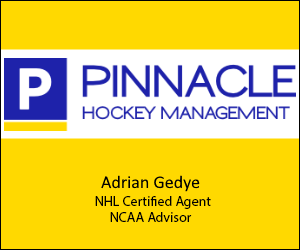

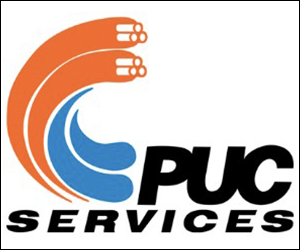









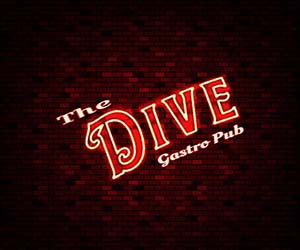








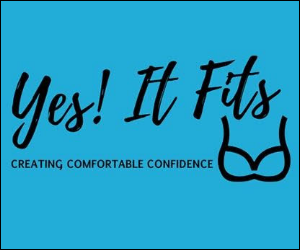

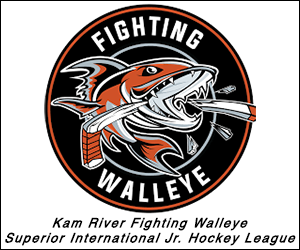
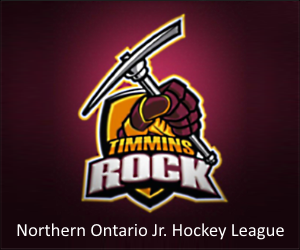

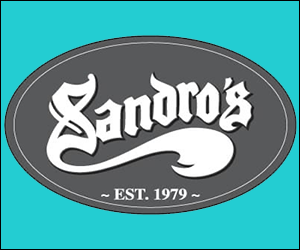
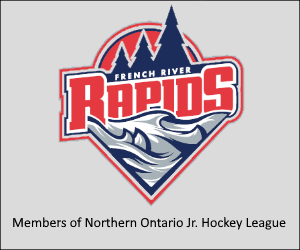











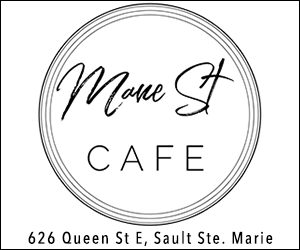

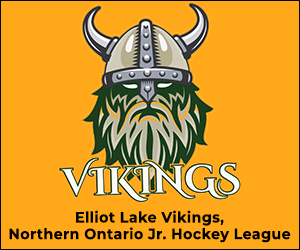



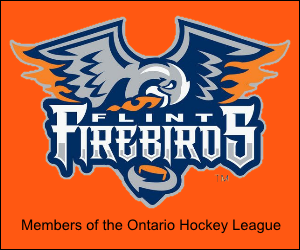





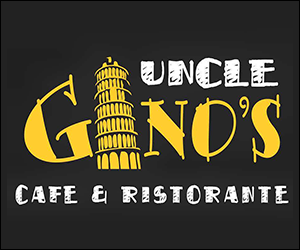
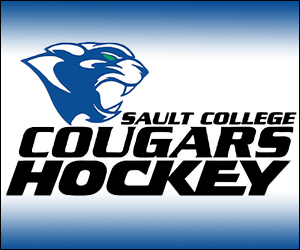







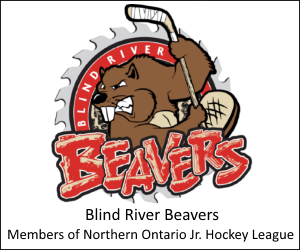




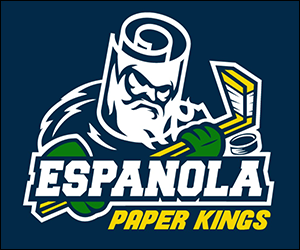

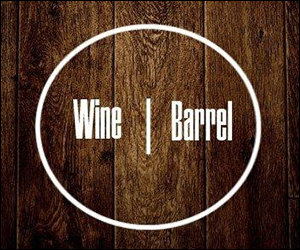
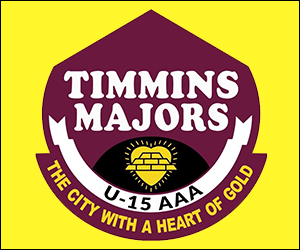

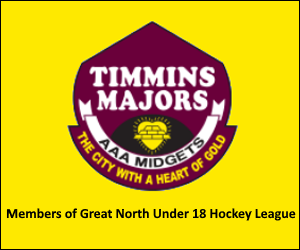

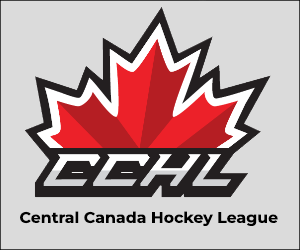


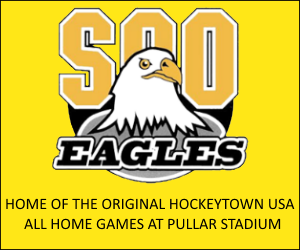

Yeah i don’t get it do these people think that pay to play is the end of hockey? When you think of it people just pay more to play AAA midget and bantam every year for their kids. I have friends that are paying more than this to play AAA hockey oh well looking forward to the league. Growing pains yes there will be some but once things get going should be good. Competition is healthy people — unless your business is unstable.
I have no problems with Mr. Clayden moving on . There will always be parents and players willing to pay money to continue to chase the dream no matter how small the chance of actually making it is . Junior hockey is a business and selling the dream is what that business is all about . Some tier 2 leagues do a better job of moving players to NCAA Major junior and pro opportunities than others . So be it . It would be nice to have a league point out the numbers regarding how long the odds are and helping players realize that most at this level will will be rec league players at 21. My own brief look into NCAA scholarships showed it was even more difficult than I believed . Selling exposure when in reality there is very little chance of success is a bit deceitful in my opinion . Just to point out that a few years ago a noted columnist at a national paper pointed out that on average in the previous years 5 full ride division 1 athletic scholarships were handed out per year . In reality NCAA division 1 hockey programs can only hand out 18 full scholarships . Many use partial scholarships to ensure enough roster players (23) . There are 71 schools who can give athletic scholarships but not all do . This years NCAA Frozen Four Champion is one that does not . Division 3 schools cannot give athletic based scholarships but can grant educational scholarships based on need and academic based entrance scholarships . For 2012 there were 77 total scholarships at both levels offered to players who played in Canada and last year there were just 33 . this includes American kids who play here . In conclusion as I said at the beginning , I wish the new league the best of luck in their venture to start a new direction for junior hockey . I personally will still follow the teams who compete for a chance to play in the Royal Bank Cup which as we all know is the national championships held and sanctioned by Hockey Canada for teams from all across Canada . I do look forward to seeing who wins the inaugural Clayden Cup about as much as I looked forward to the winner of the Russell Cup . Business is business and all of the hockey businesses are open so people can feel free to shop were they are comfortable .
There are many D3 schools where players can get a great education and play hockey which leads to careers in the working world after from connections made while playing hockey.
Adrian, Hobart, Oswego State, Platssburg, SUNY-Canton, Marian, University of Wisconsin-Stevens Point the list goes on and on.
I for one like the consept of what this CIHL is about to offer.
Just to clarify in regards to potential scholarships out of the US.
NCAA has made the rules to be equal across the board so no team has an upper advantage over the other schools.
Listed is the Athletic Scholarships available per team. This does not include scholarships available for academics. Many schools offer a combination of an athletic and academic scholarship which can equal a full scholarship. Most importantly is a S.A.T or A.C.T score which determines what schools are available to you. Also many Canadians don’t take advantage of the US based scholarship program. Anyways for NCAA D-1 schools there are 18 scholarships per school available. NCAA D-2 there are 13 scholarships per school available, D-3 and NAIA there are no scholarships and for NJCAA there are 16 scholarships available per school. (1222 scholarships) D-1 schools (792 scholarships) D-2 schools (286 scholarships) NJCAA schools (144 scholarships)
In 2013 there were 156 schools who offered Ice Hockey throughout the US. NCAA D-1 (44 schools) NCAA D-2 (22 schools) NCAA D-3 (77 schools) NAIA (4 schools) and NJCAA (9 schools)
Just some further statistics in regards to your chance of competing in College Ice Hockey. In 2013 there were 35732 Junior players. Number of college hockey players 4295 and the percentage of Junior aged players competing in college 11.7% again your SAT or ACT score improves your chances. Most if not all schools look for a 5yr eligibility in a player and players between the age of 20-25 play college hockey. Colleges will not take a player directly out of High School unless you’re a Wayne Gretzky caliber player but even then suggest you play junior hockey to gather experience and maturity. That’s where leagues such as the NOJHL and the new CIHL come into play. With that being said, which league offers you the best opportunity?! It’s all about money when it comes to scholarships. Each school has an athletic budget which includes scholarships. Take into account the various athletic programs offered from each school. Ice Hockey isn’t necessarily ranked high amongst the schools compared to basketball or football. So how much money is available for their Ice Hockey program can vary. A School/team might not offer many scholarships in one year to save that money so that money can be carried over to the following year and so on. If a team only needs 2 players to fill its roster then there is only going to be 2 scholarships available. If you have a great SAT or ACT score then the team will save money by offering you a partial athletic scholarship and then the team will apply to the school for a partial academic scholarship.
Well stated RR!
I’ve been following these debates for a while now and have become very turned off by the NOJHL and many of it’s supporters and brass. I was a big supporter of the NOJHL, this season alone I watched every home game for the Nickel Barons as well as every home game for the Rivermen. I think that qualifies me as a fan that should be allowed input. I’ve heard rumblings that the commissioner and or Chris May might be responsible for the parody CIJHL account . I truly hope that this a fabrication because that would make me lose any remaining respect I have in this league. Given the lack of college commitments as well as the tarnished image of this league , I would hope that both of these individuals would have more important things to spend their time on.
You Northern Ontario League fans are a bunch of big mouth’s if you ask me always fiteing amongsts each other.
Yes Tom there are some wonderful D-3 programs that provide opportunities to play and get a wonderful education as well as providing networking for possible career options . I have a friend who’s son was a 4 year starter and All American with a terrific program at that level . They won 2 national titles he signed a pro contract with the Penguins , had a good minor league career , a short NHL stint , played in 2 Spengler Cups representing Canada and now is in the KHL . Great opportunities abound out of D-3 for sure . As for the concept it is a sound business model employed by several leagues in North America already so again
I have no concerns and wish them the best .
Don B , I like your base numbers and appreciate your providing a well balanced and factual voice to the discussion . My only concern is that your percentages are higher than reality . I to have seen this data and the 35 ,732 reference was to American high school boys and does not include Canadian ages junior players . There are 2500 players in the sanctioned tier 2 leagues this season plus 2 non sanctioned leagues with 26 teams . Next year there will be 4 non sanctioned leagues with 38 teams and the GOJHL and it’s 27 teams have applied to move up from junior B . There will still be about 145 other junior B teams nation wide plus 55 junior C teams . Making the total players about 8500 in Canada . This drops the percentage closer to 10 . Now on a yearly basis if you assume 25% of scholarships are coming open ( not accurate but good for arguments sake ) you have about 1000 spots available of which less than half will go to Canadian born players which is 1 out of 17 or just about 1 per team country wide .
Cassio always a great job done by Randy .
Christine , you as a fan are always entitled to your opinion . While I don’t count the commissioner in any group I know well , I do have the utmost respect for Chris May after dealing with him so I would not believe he would do something like that .As for lack of commitments , I believe my opinion on that speaks for itself . They are hard to come by and not all are know about . I know of a player who played last year and had an offer but didn’t even return the call to inquire .
Alpha B , there is a great deal of talking on both sides so the blame is pretty easy to share . Picking one side over the other is silly . People have made a decision to move on . Let them go or go with them if you chose but it’s time to let bygones be just that . It’s a business nothing more . It may be time more people realize that .
The hockey recruiting process is unlike all other college sports in that coaches expect you to play several years of Junior A hockey in a North American league before you attend university. Do not think that just because you see scouts, you are being looked at for a scholarship. You need to move up on their recruiting boards to get scholarship offers. Ice hockey coaches primarily scout players after they reach the Junior A level of hockey. If you are not playing in Junior A, you will have very difficult time getting coaches to your games.
You can’t rely on being ‘discovered’ at a camp or showcase. Camps and showcases can help with gaining exposure, but only if coaches are there to watch you specifically. The majority of coaches who attend camps and showcases are there only to watch players they have already had contact with. Athletic scholarships are awarded by coaches based on their programs needs. The hockey recruiting process takes longer than any other college sport. To be seriously considered for an ice hockey scholarship, you must be playing Junior A hockey. Your chances are greater being recruited if you are playing in Junior A. NCAA coaches prefer players who play in a Junior A league then any other Junior league out there. Again it’s about improving your chances of being recruited. (NOJHL or the new CIHL who focus on NCAA exposure more so then in the NOJHL). The yearly average turnover ratio in the NCAA is 35% for men’s ice hockey. In my experience as a player marketer more then 60% scholarships are offered to Canadians due to the fact that our Canadian boys don’t take things for granted. US school like our work ethics. That being said only 18% of our Canadian boys get recruited because either they don’t get a marketer as myself to help them or they are not interested in playing in the NCAA and are happy to stay close to home and play local college/university hockey. Many Canadians do not go the route of the NCAA.
Don B and Mike Bowman. Great information. You both know your stuff. D3 hockey gets a bad rap as a lower league not worthy of our Canadian Junior A players. Some feel D3 is far lower than CIS. My son was offered a D3 scholarship to a ECAC West D3 school and the hockey is very close to CIS from what I saw during the visit. Fact is with the a good SAT and scholarship money, you can still get a great education and go on to play pro from D3. Thanks for that insight from both of you. Don B, not sure what you mean by D2. I thought there was no longer a D2 NCAA league ?
Hockey Dad there are a number of schools with hockey programs that are classified as D2 by the NCAA . They are few in number and most compete in D1 conferences .
Apparently there are d2 schools but very few of them with most being in d1 and d3. I have also read that the ACHA has been improving and there a few NOJHL boys going there.
A few more stats – all taken from 2013-14 online NCAA info and NHL stats:
886 skaters and 97 goalies played at least 1 game in the NHL this season.
489 have a Cdn flag by their name, 251 the USA flag (very close to 50%/25%)
NCAA breakdown shows 305 played in the NHL 2013-14 although this number may be on the low side as their stats are early in the season I believe.
approx. 1/3 Canadians, 2/3 Americans, less than 10 Euros. Less than half spent 4 years in College. I can see only 1 Div III school listed, Norwich and I am guessing that is Keith Aucoin who played just a couple of games in the NHL this year.
NCAA breaks Men’s Ice Hockey down into Div 1 (59 schools-6 conferences) and Div 3 (79 schools-10 conferences). If there are close to 1600 Div 1 players that translates to an average team size of around 26 or 27 players. The max # of full athletic scholarships (or part scholarship equivalency) is 18 per team. 10 of the 12 Atlantic Conference team max is 13. The 6 Ivy league schools don’t have
Athletic scholarships. Well it is not widely published, I am sure there are other schools playing Div 1 that don’t give out the max 18 scholarship equivalent.
Chris Heisenberg has an online spreadsheet of all online NCAA Division 1 commitments and what league/team they are currently playing for:
https://docs.google.com/spreadsheet/lv?key=0AoPLTHefMmmTdHkwbDlIemR5c2dGSXZveWF3OWNJZVE&f=true&noheader=true&gid=2
2014 NCAA Division 1 commitments to date:
171 UHL, 59 NAHL, 50 NE (almost all USPHL or Prep school kids), 18 Minn./Midwest high school and prep school kids, 17 US National and 1 midget.
The rest are playing Canadian Junior A – 92 BCHL, 31 AJHL, 10 SJHL/MJHL and 48 Ontario & Eastern Canadian leagues.
There are about 50 of the 500 listed that say 2014 or 2015. If you are 18, 19, or 20 and finished high school and hope to play Div 1 your odds are not great if you are notplaying USHL, NAHL, USPHL or Canadian Junior A hockey.